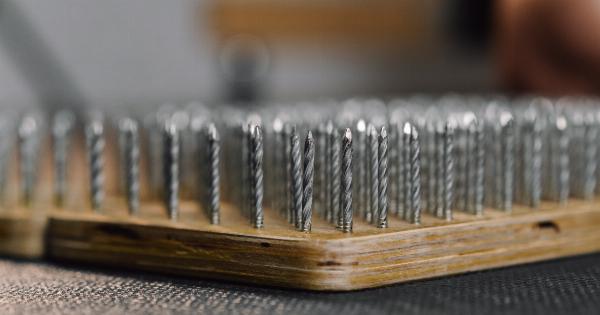When couples undergo in vitro fertilization (IVF) treatment, they hope for a successful pregnancy and the birth of a healthy baby. Unfortunately, not all IVF attempts result in a successful pregnancy.
In cases where an IVF cycle fails, couples may consider using frozen embryos for transfer in subsequent cycles. By using frozen embryos, couples can improve their chances of achieving a successful pregnancy and fulfilling their dream of becoming parents.
Understanding IVF Failure
IVF failure occurs when an embryo fails to implant in the uterus or when a pregnancy is achieved but ends in miscarriage. This can be a heartbreaking experience for couples who have invested their time, money, and emotions into fertility treatments.
IVF failure can occur for various reasons, including poor embryo quality, implantation issues, genetic abnormalities, or underlying medical conditions.
The Benefits of Using Frozen Embryos
Using frozen embryos for transfer following IVF failure can have several advantages:.
- Increased chances of success: Frozen embryos have already undergone embryo development and have been frozen at a specific stage of development. This means that they have a higher chance of implanting successfully compared to fresh embryos.
- Cost-effective: Utilizing frozen embryos can be more cost-effective than starting a new IVF cycle from scratch. The process of freezing and storing embryos is usually less expensive than undergoing a full IVF cycle.
- Reduced physical strain: Preparing for a new IVF cycle involves hormone stimulation, egg retrieval, and embryo transfer. By using frozen embryos, couples can skip the hormone stimulation and egg retrieval stages, resulting in reduced physical strain.
- Reduced emotional stress: IVF failure can be emotionally draining for couples. By using frozen embryos, they can bypass the initial IVF process and directly move towards embryo transfer, potentially reducing emotional stress.
The Process of Using Frozen Embryos
The process of using frozen embryos for transfer involves several steps:.
1. Thawing the Frozen Embryos
The first step is to thaw the frozen embryos. This process requires expertise and careful handling to ensure the viability of the embryos.
The embryos are slowly warmed to room temperature and assessed for any signs of damage before proceeding to the next step.
2. Preparing the Uterus
Prior to transferring the thawed embryos, the woman’s uterus needs to be prepared. This typically involves hormonal medications to create an optimal environment for embryo implantation.
Ultrasound scans and hormonal assessments are performed to determine the best timing for the embryo transfer.
3. Embryo Transfer
During the embryo transfer procedure, a thin catheter is gently inserted through the cervix and into the uterus. The thawed embryos are carefully placed into the uterus, with the goal of achieving successful implantation.
4. Post-Transfer Care
After the embryo transfer, the woman may be prescribed medications to support the implantation process. Regular monitoring and follow-up appointments are scheduled to assess the success of the procedure and the progression of the pregnancy.
Success Rates of Frozen Embryo Transfers
The success rates of using frozen embryos for transfer can vary depending on various factors, including the quality of the embryos, the woman’s age, and any underlying fertility issues.
Generally, using frozen embryos can yield success rates similar to those seen with fresh embryo transfers.
Additional Considerations
Before deciding to use frozen embryos following IVF failure, couples should discuss the matter with their fertility specialist.
Factors such as the quality and number of frozen embryos available, the woman’s age, and any changes in medical history may influence the decision. It is essential to have realistic expectations and understand that success is not guaranteed.
Conclusion
Using frozen embryos for transfer following IVF failure offers hope and a second chance for couples who have experienced unsuccessful IVF cycles.
By utilizing frozen embryos, couples can increase their chances of achieving a successful pregnancy while benefiting from cost savings and reduced physical and emotional stress. It is vital for couples to consult with their fertility specialist to determine the most suitable options based on their individual circumstances.






























